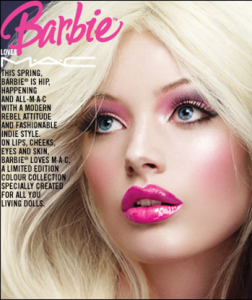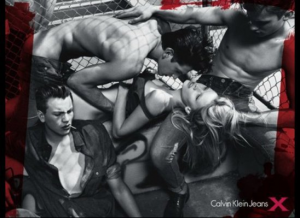With the earlier stages of blogging, Lankshear and Knobel both talk about the interesting shift that has occurred when we talk about the idea of literacies. For instance, is there such a thing as a new literacy? Lankshear and Knobel state, “We argue that certain literacies can be identified as new in a historically significant sense to the extent that they are constituted by what we call ‘new technical stuff’ and ‘new ethos stuff’”(01). They then continue to clarify by saying, “The new technical stuff has to do with their digitality”(01). In all honesty, I must admit that I had to look up the term digitality. According to Wikipedia, “Digitality is used to mean the condition of living in a digital culture…” Now, let’s take a moment to think about how I chose to look up this term. What did I use? I used an online source (digital source) known as Wikipedia. Am I using a form of literacy? Yes, I am! And according to this article, I approached my language obstacle by using a new literacy – digital literacy. Instead of going to a dictionary or even the online version of a dictionary (Britannica Online), I chose to go to Wikipedia, which is what the article claims is “the ‘ethos stuff’ of new literacies…”(02).
Stemming from this idea of new literacies, is it fair to label something as being new? After all, how long will something remain new? For me, this reminds me of when people buying themselves a new technological device. For example, a couple months ago my dad bought me the new IPhone 5C. But how ‘new’ is it really? Soon, there will be an even newer IPhone. Does that make my IPhone 5C old? No. However, it will no longer be the newest thing on the market. And so, is it justifiable to claim that Wikipedia, Flickr, Blogging, etc. are all part of the new literacy world, or is it only temporary? Coming back to specific literacies, this article makes it a priority to focus specifically on blogging.
Lankshear and Knobel start by noting the differences between the early stages of blogging and blogging that is done today. However, please keep in mind that when I say today, I’m referring to the year 2006 when this article was written. It’s interesting how technology has advanced even further since then. Bear in mind that devices such as the IPad and the Kobo eReader were not even released until the year 2010. Nonetheless, many of the points within the article are still very relevant to our observations on the transformation of literacies in today’s day in age. Thinking back to the significance of time, the article states, “These early ‘bloggers’ tended to be computing insiders, for at least two reasons. First, you needed some knowledge of webpage and hyperlink coding in order to be able to post material to the internet”(03). This is key because it shows that our literacies are always continuing to change, shape, and develop, never remaining completely set.
Today, everyone has the ability to post anything on the Internet. This is one of the reasons as to why Wikipedia has been strongly criticized by scholars, since the information may not be completely valid. However, would you consider old Encyclopaedias to be valid? I would not, since many of the information would most likely not be accurate due to its inability to be updated. In comparison, sources such as Wikipedia can easily be updated and changed on a minute basis, as well as by a variety of people across the world. With this in mind, students need to be taught how to properly use these digital tools in order to enhance their learning, instead of just using it as an easy source. Also, it would be crucial to help students understand what information would most likely be correct versus what would be inaccurate. And so, educating students on how to blog, post information, etc. (public settings vs. private settings), is significant and is something that should not be overlooked.
References
Lankshear, C. and Knobel, M. (2006). Blogging as Participation: The Active Sociality of a New Literacy. American Educational Research Association, San Francisco, US.
Wikipedia contributors. “Digitality.” Wikipedia, The Free Encyclopedia, 27 Feb. 2014. Web. 8 Jul. 2014.
– Kaya Strzalkowski


